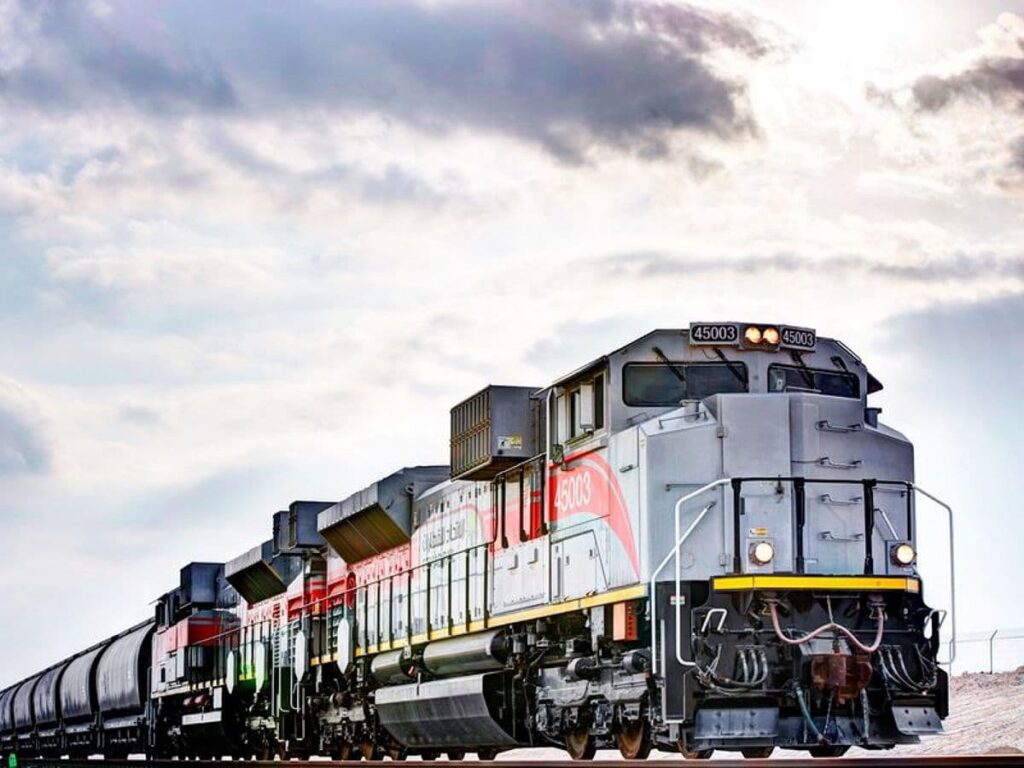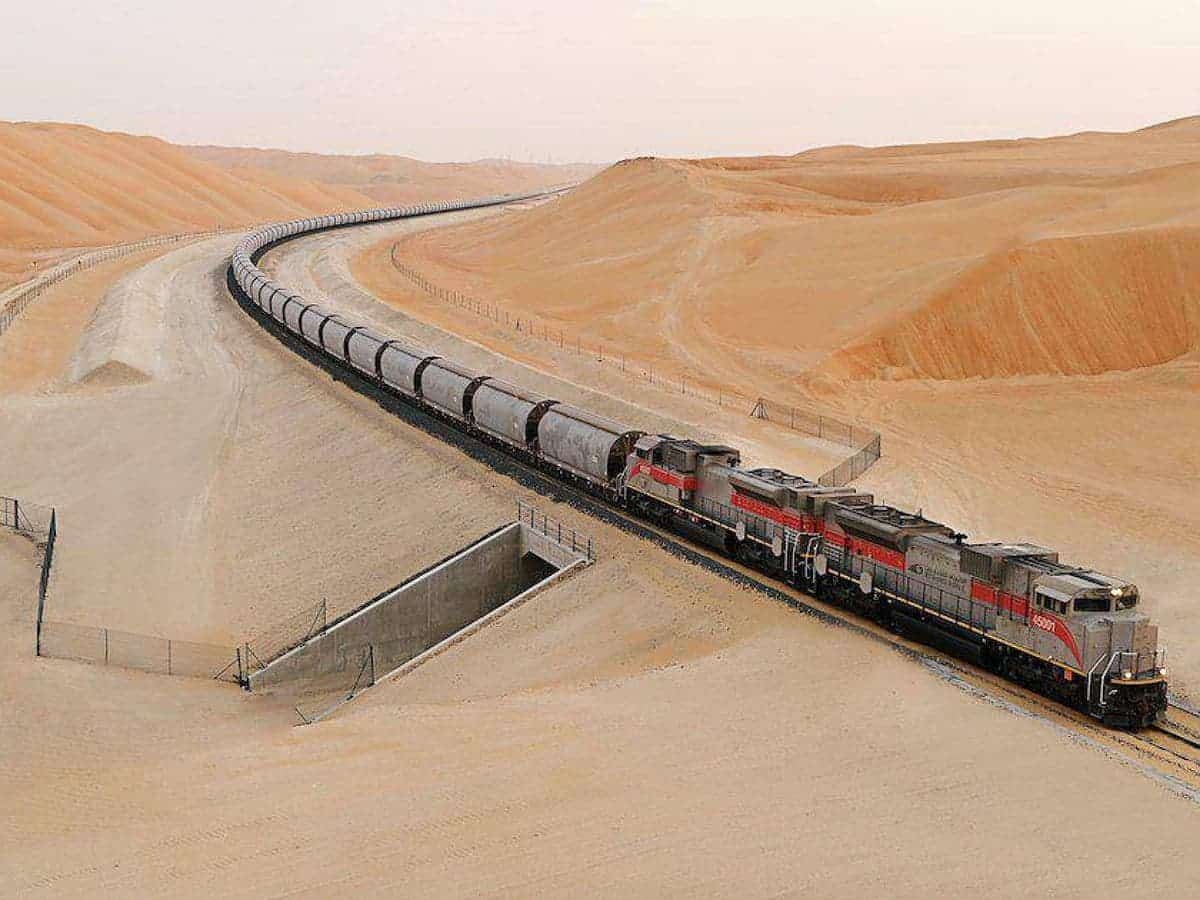Abu Dhabi: Etihad rail network, the United Arab Emirates (UAE’s) biggest mega project intending to connect all of the UAE’s major ports with distribution centres, will soon link industrial hubs with urban and suburban communities.
The railway network will initially be designed to facilitate rapid road transport for goods in the country and passengers will be granted the same at a later stage.
What is Etihad rail?
The railway project was launched in 2009, and its first phase was commissioned in 2016. Every day, two trains capable of transporting up to 22,000 tons of sulfur will operate across the country. Each train can carry up to 110 wagons on a single trip.
Since 2016, two tracks – spanning 264 kilometers – have been operated to transport granulated sulphur from the Shah and Habshan gas fields to an export point in Ruwais.
When completed, Etihad rail will stretch about 1200km ( 750 miles) across the country and will carry both passengers and freight.

Etihad Rail is allocating 70 wagons for each train, with an approximate capacity of 7000 tonnes per trip. The partnership will reduce road traffic significantly as it will be replaced by 120,000 truck trips annually.
The long-term plan is to be part of a broader rail network connecting all six countries of the Gulf Cooperation Council (GCC), will include Bahrain, Kuwait, Oman, Qatar, the United Arab Emirates and Saudi Arabia.
In the second phase of the project, more than 600 km of additional track will be extended from Ghuweifat, on the border with Saudi Arabia, in the west and Oman via Al Ain in the east. The UAE’s plans to complete its national railway segments from UAE to Saudi Arabia via Ghuwaifat.
On September 29, 2021, Etihad Rail, which extends over 139 kilometres, and connects Al Ghuwaifat on the border of Saudi Arabia with stage one was completed. This step brings the company closer to completing the UAE national railway network on schedule.
In July 2021, Etihad Rail completed the longest tunnel in the Gulf. Running up to 1.8 kilometre, the tunnel is part of Package D on Stage Two of the network’s development.
Package D runs for 145 km from Dubai and Sharjah through the Hajar Mountains towards Fujairah. This includes the construction of nine tunnels through the mountains with a cumulative length of 6.9 km, as well as 54 bridges and 20 animal crossings.
Mohamed Al Marzooqi, Executive Director of Rail Relations Sector at Etihad Rail told Gulf News, “Etihad Rail delivers cost-effective and time-efficient transport solutions, reducing road traffic in the UAE. In doing so, we protect the environment by reducing carbon emissions. Additionally, we deliver significant benefits for the logistics, infrastructure, and transport sectors across the UAE,”

